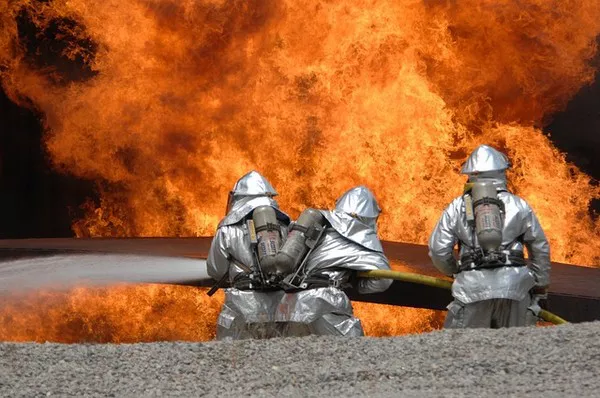Hong Kong’s Air Accident Investigation Authority (AAIA) revealed on Thursday that a defect in a Cathay Pacific Airways Airbus A350 engine component, which led to a fire and forced a Zurich-bound flight to return to Hong Kong on September 2, could have caused “extensive damage” had it not been detected in time.
The AAIA report identified a ruptured steel-braided sheath on a fuel hose connecting to a fuel spray nozzle as the cause of the fire. Investigators found soot on part of the engine’s core, indicating fire damage. The report stressed that if the faulty part had gone unnoticed, the situation could have escalated into a more serious engine fire.
Inspections revealed that five additional fuel hoses on the same aircraft were also compromised, showing “frayed metal braids or collapsed structures.” Cathay Pacific has yet to comment on the findings.
Following the incident, the airline was forced to cancel 70 flights and inspect its entire fleet of 48 Airbus A350 jets. Other carriers, including Japan Airlines, also conducted inspections of similar models after the event.
In response to the AAIA’s findings, the European Union’s Aviation Safety Agency (EASA) issued a directive for a one-time inspection of certain Airbus A350 jets. Rolls-Royce, which manufactures the Trent XWB-84 and XWB-97 engines used on A350 aircraft, was urged to provide clear inspection requirements for the affected components to ensure ongoing safety.

